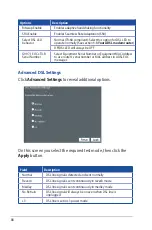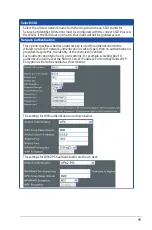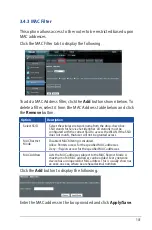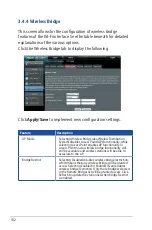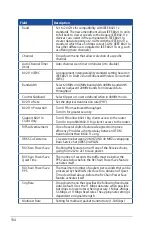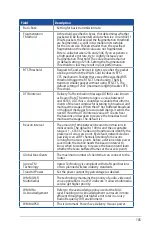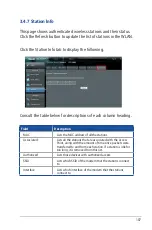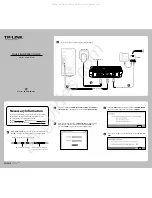
100
WEP Encryption
This option specifies whether data sent over the network is encrypted. The same
network key is used for data encryption and network authentication. Four network
keys can be defined although only one can be used at any one time. Use the Current
Network Key list box to select the appropriate network key.
Security options include authentication and encryption services based on the wired
equivalent privacy (WEP) algorithm. WEP is a set of security services used to protect
802.11 networks from unauthorized access, such as eavesdropping; in this case, the
capture of wireless network traffic.
When data encryption is enabled, secret shared encryption keys are generated
and used by the source station and the destination station to alter frame bits, thus
avoiding disclosure to eavesdroppers.
Under shared key authentication, each wireless station is assumed to have received
a secret shared key over a secure channel that is independent from the 802.11
wireless network communications channel.
Encryption Strength
This drop-down list box will display when WEP Encryption is enabled. The key
strength is proportional to the number of binary bits comprising the key. This
means that keys with a greater number of bits have a greater degree of security and
are considerably more difficult to crack. Encryption strength can be set to either
64-bit or 128-bit. A 64-bit key is equivalent to 5 ASCII characters or 10 hexadecimal
numbers. A 128-bit key contains 13 ASCII characters or 26 hexadecimal numbers.
Each key contains a 24-bit header (an initiation vector) which enables parallel
decoding of multiple streams of encrypted data.

